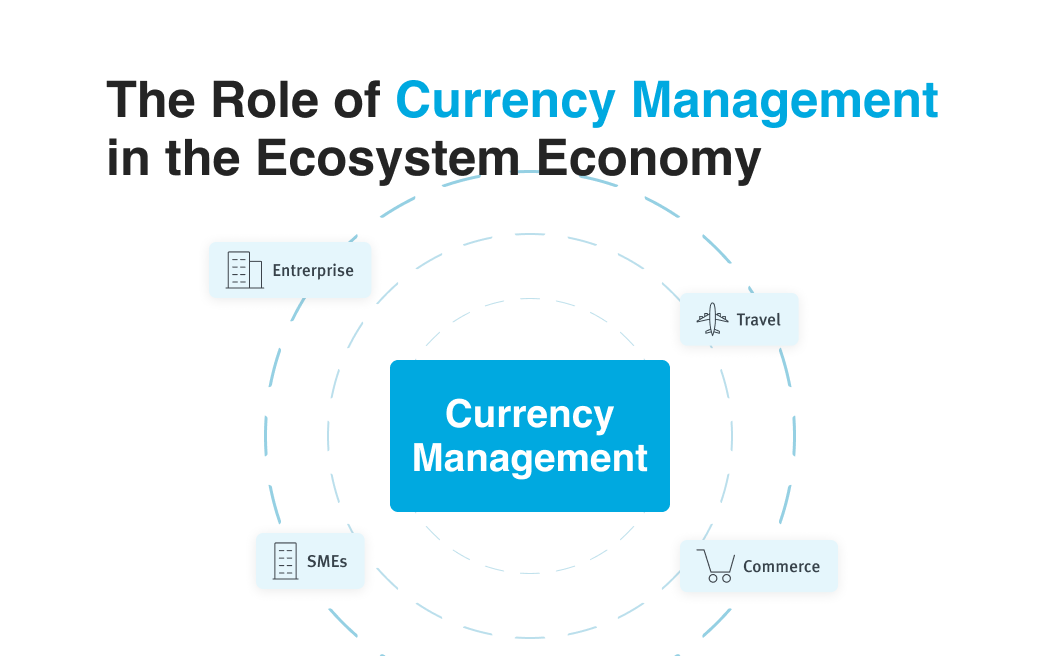Discover essential FX hedging strategies and currency management best practices from our foreign exchange experts.
Why you need to automate swap execution
Do you struggle with having a perfect match between your currency hedging position and the cash settlement of the underlying commercial exposure? We’ll let you in on a secret: most treasurers and finance teams do. But how can you simplify this time-consuming and resource-intensive task? In this article, we show why you need to automate swap execution and how you can do it.
We reveal why this is an essential issue for treasurers, how it’s typically handled, and why automated swap execution can help finance teams play a more strategic role in the business.
Setting the scene
Treasurers know that it is practically impossible to have a perfect match between the firm’s currency hedging position and the cash settlement of the underlying commercial exposure. That’s especially the case if those hedges were taken long before. This is why swapping is so essential.Let us briefly see an example. If you have a ‘long’ USD forward position with a given value date and you need, say, 10% of that amount in cash right now, a swap agreement allows you to perform that adjustment.With the ‘near leg’ of the swap, you buy the required amount of USD in the spot market while simultaneously selling —with the ‘far leg’ of the swap— the same amount of USD at the value date of the forward contract. And that’s how you adjust your firm’s hedging position.
Pain points: a resource-intensive activity
Swapping can be extremely time-consuming and resource-intensive, particularly if many transactions, currencies and liquidity providers are involved. We recently saw how a large European food producer was struggling mightily with manual swap execution, a dreadful situation faced by many, if not most, companies.Among the most common pain points, we can cite the following three:
- Operational risk. Many tasks are manually executed: retrieving incoming payments, selecting liquidity providers and confirming trades. The entire workflow relies on emails that circulate back and forth with spreadsheets carrying potential data input errors, copy & paste errors, formatting errors, and formula errors.
- Lack of traceability. Lack of proper traceability hinders the process of assessing hedging performance, as swap legs are manually traced back to the corresponding forward contracts.
- Risk of unethical behaviour. Understood as the risk that early mistakes that are not immediately reported may lead to severe losses down the road, it is prevalent throughout.
Traceability and automated swap execution
Traceability is when each element along the journey from FX-denominated entry to position to operation to payment has its own unique reference number. But how can we apply this concept to solve the problem of manual swap execution?The answer is automated swap execution, a solution that is embedded in Currency Management Automation software. It relies on the perfect end-to-end traceability between the different ‘legs’ of a swap agreement and the original forward contract. Meanwhile, FX gains/losses and swap points are automatically calculated. It’s dead simple!Swap automation is a powerful tool for the treasury team. At the company level, it opens the way to:
- According to recent surveys, increasing the efficiency of treasury operations is the No. 1 expectation in tech for CFOs.
- Using more currencies in the business to take advantage of the profit-margin enhancing possibilities of ‘embracing currencies’.
- Taking a concrete step toward the ‘digital treasury’ is a concern voiced by many CFOs and treasurers.
At a personal level, in terms of the daily workload of members of the treasury team, automated swap execution means:
- More time to concentrate on high-value-adding tasks such as fine-tuning and improving cash flow forecasts.
- Reduced stress levels.
- Increased productivity at work.
And that’s no small achievement!

Looking to learn more about how to automate swap execution? Download our latest report, Optimising Cash and FX Risk management.











